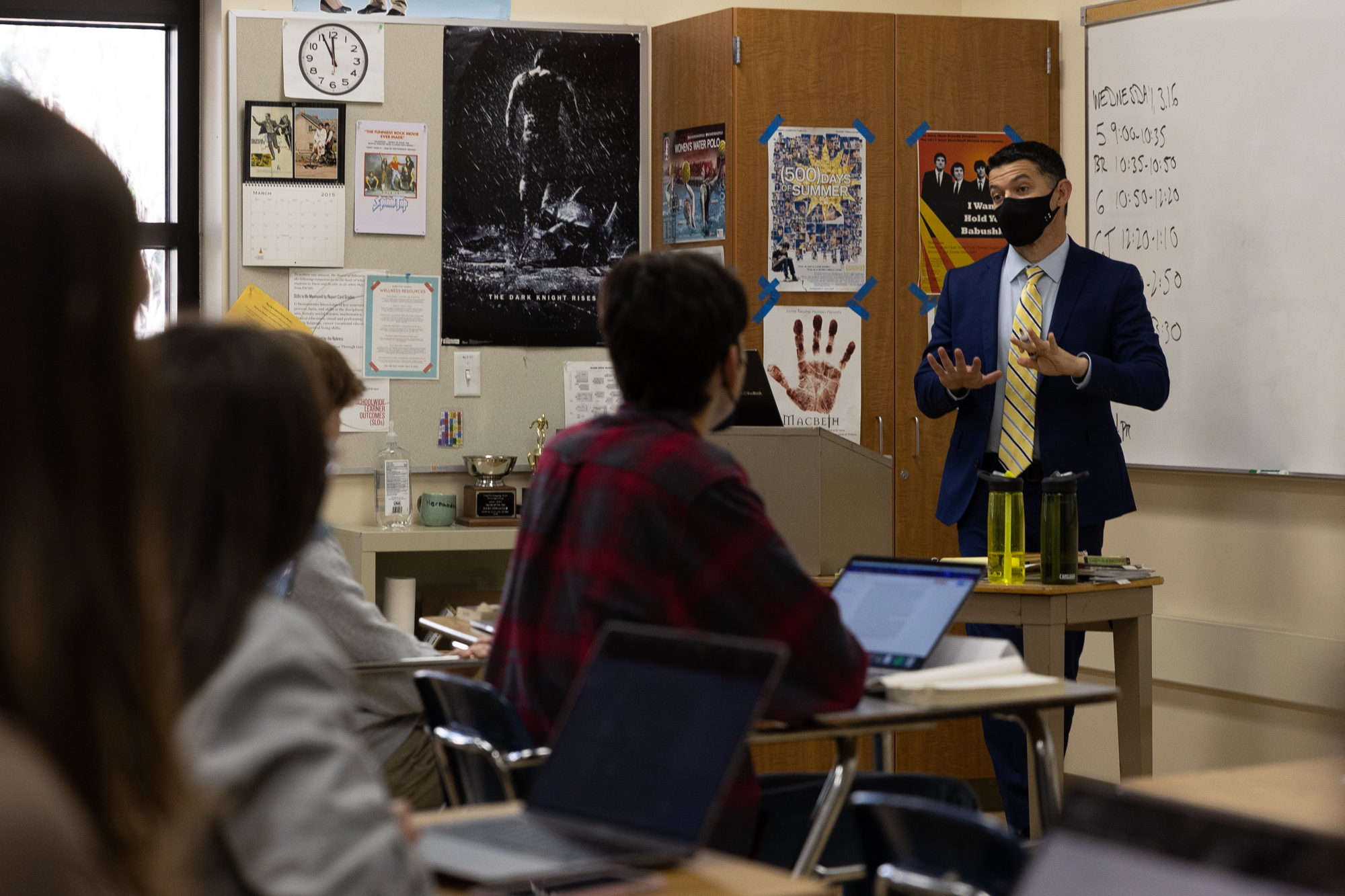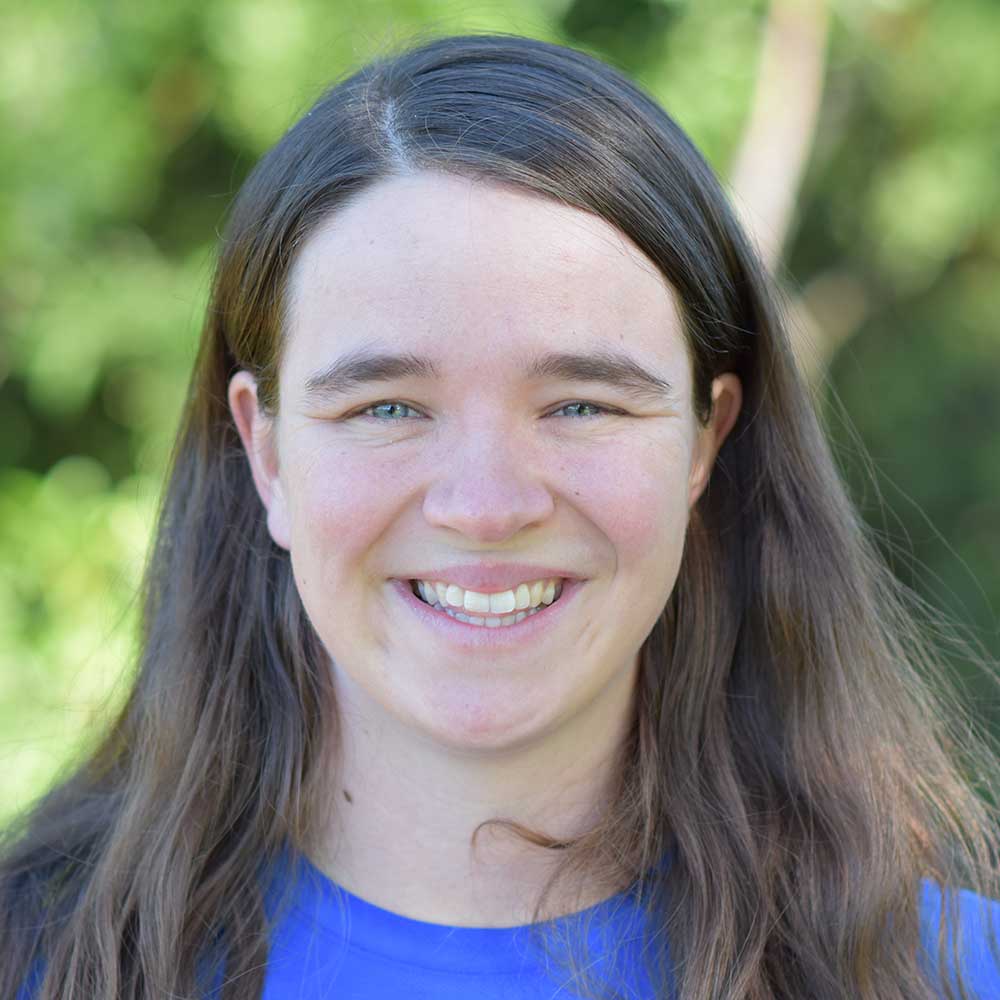A year after deciding to hire its own mental health workers rather than rely largely on outside contractors to care for its students, the Palo Alto Unified School District is now looking to expand the program next school year, particularly at the high school level.
In an attempt to improve services for students and give the district more control over staffing levels, Palo Alto Unified decided last spring to shift to an in-house model at the elementary and middle school level starting this current school year. That led to the hiring of 10 mental health associates to work at the district's elementary schools, as well as one mental health associate for each of the three middle schools.
The district also hired one mental health associate at Gunn and Palo Alto high schools because their contractor was only able to staff two out of three therapist positions at each site. Counseling and Support Services for Youth's staffing challenges are part of what led the school district to move to an in-house model in the first place.
The 15 associates receive clinical supervision from Genavae Pierre Dixon, the district's mental health and wellness supervisor.
District staff gave the Board of Education an update on the progress of the in-house model at a March 14 meeting, describing the program as already yielding benefits for kids.
"It's exciting because students are getting consistent and high-quality care from trusted and familiar adults who are a meaningful part of our school communities," Director of Mental Health and Wellness Dawn Yoshinaga said at the meeting.
Yoshinaga laid out a proposed expansion, which would involve hiring two more mental health associates at the elementary level and one more at the middle school level, as well as four licensed therapists to serve the high schools. The district would also end its external mental health contracts.
The six new full-time employees are projected to cost $726,786, which would be offset by a savings of $464,000 from ending the external contracts, for a net cost increase of $262,786, according to the staff report.
Though the board didn't take a formal vote, board members were broadly supportive of the proposal.
Board member Shounak Dharap — a 2008 Gunn High graduate — praised the progress the district has made, noting that he graduated high school at the start of the first suicide cluster and has been close to the issue of mental health in the district for a long time.
"Our mental health approaches now are unrecognizable to what they were in 2008-2009 and I can tell you that from personal experience," Dharap said.
He described the in-house model as a "tectonic shift" in how the district addresses mental health care and said it was rewarding to get to witness the change.
The addition of more staff at the elementary and middle school level is meant to address current waitlists for students seeking care on some campuses.
Out of 493 referrals for therapy at the elementary and middle school level so far this school year, roughly 56% of students are considered active cases, 15% have completed treatment, 12% declined to receive services and 17% are on a waitlist to receive care. Time on the waitlist can range from one to two months, according to the staff report.
According to Yoshinaga, the longest elementary school waitlists are at Barron Park and El Carmelo, as well as the district's three largest elementary schools: Ohlone, Escondido and Fairmeadow. Barron Park and El Carmelo currently share a mental health associate, as do Walter Hayes and Juana Briones. They are the district's four smallest elementary schools, according to state data from last school year.
"Extensive waitlists at our schools that share an associate indicate a need for additional staffing, regardless of the size of the school," Yoshinaga said.
With the addition of two more elementary school mental health associates, each elementary school could have its own mental health associate on campus five days a week.
At the middle school level, roughly 71% of those on the waitlist to receive care are students at Jane Lathrop Stanford Middle School, Yoshinaga said. The district plans to add an additional middle school mental health associate.
Superintendent Don Austin told the board that while the waitlist concerns him, it is significantly shorter than it has been in past years. He supported the staff's recommendation to add more in-house staff, noting that more improvement is needed to reduce wait times.
When looking at the reasons why students are referred for mental health services, the biggest drivers at the elementary school level are behavioral concerns (occurring in 65% of cases) and conflicts with peers or difficulty making friends (43%). For middle schoolers, top concerns include anxiety (36%) and issues with sadness/withdrawal (33%), according to district data.
Update: This article was changed to reflect updated data on mental health referrals that the school district provided after the initial publication of this article, leading to a slight change in the final data.



Comments
Registered user
Crescent Park
on Mar 24, 2023 at 11:25 am
Registered user
on Mar 24, 2023 at 11:25 am
I'm not sure it's a great idea to pull more and more under one umbrella. The upside is that if teachers and counselors are on the ball, it can be a more "hand and glove" experience for kids. But that's also true in theory for SPED, and most SPED parents will tell you the district's support is a cul-de-sac of shallow service and CYA... and you really need to get your own support and advocacy. And God Help You if you're not lucky enough to have the ability to do so. Will be interesting to watch how this experiment goes in the years ahead.
Registered user
Another Palo Alto neighborhood
on Mar 24, 2023 at 1:18 pm
Registered user
on Mar 24, 2023 at 1:18 pm
Speaking on the rise of teen mental health problems, I would like to see more preventative care for children of all ages. This means going back to stable family relationships, family meal times, family values, family outings, and less over-scheduling of kids. Where are the hangouts for teens? Where are the safe places for children to play without competition and challenge? Why do schools and parents consider that free play is not a worthy pastime? Why do our kids not understand how to make friends, make their own free time activities and have time to be bored so that they can find their passions.
Children are being deprived of childhoods with so many adult concepts being taught and adult expectations in their lives. If they do make a mistake it is hard for them to learn from the mistake, to grow from it or to overcome something that is on their permanent record. Children need to be given their childhoods back, to have plenty of free time and to have less worries and stress.
Happy children are more likely to be healthy children. Let them live less structured lives and allow them to get a few bruises.